- makeITcircular 2024 content launched – Part of Maker Faire Rome 2024Posted 2 weeks ago
- Application For Maker Faire Rome 2024: Deadline June 20thPosted 2 months ago
- Building a 3D Digital Clock with ArduinoPosted 7 months ago
- Creating a controller for Minecraft with realistic body movements using ArduinoPosted 7 months ago
- Snowflake with ArduinoPosted 8 months ago
- Holographic Christmas TreePosted 8 months ago
- Segstick: Build Your Own Self-Balancing Vehicle in Just 2 Days with ArduinoPosted 8 months ago
- ZSWatch: An Open-Source Smartwatch Project Based on the Zephyr Operating SystemPosted 9 months ago
- What is IoT and which devices to usePosted 9 months ago
- Maker Faire Rome Unveils Thrilling “Padel Smash Future” Pavilion for Sports EnthusiastsPosted 10 months ago
BOAR’S Board: the ultimate board!
Finally, the board you have always dreamt of, but have always been afraid to ask for!
This development board merges three different worlds: pure OS, microcontroller, and FPGA. For the first time, the best of these three technologies can be found in a single board, and can work together for an improved programming experience.
The board includes one Raspberry socket, two Arduino Mega shield-compatible sockets, one CPU and one FPGA, all connected together in order to make it quickly and easily usable for many different applications.
From now on, you can enjoy all the best features of these three technologies and overcome the limitations that occur when they are used separately.
A lot of smart function cores can be directly implemented in hardware into the FPGA, offloading the required CPU computational power and providing more resources for the end-user applications.
Architecture overview
FPGA:
A very powerful Altera Cyclone-V FPGA with 77,000 Logic elements; 116,000 registers; 150 DSP Blocks; 300 18×18 multiplier; 4.4 Mbit Embedded RAM.
Hardware CPU & I/O capability:
CPU Atmega 2560 with direct memory access into the FPGA fabric in order to expand the available processor RAM and support the FPGA hardware acceleration peripherals:
1 USB port connected to the ATMEGA processor;
16 analog inputs supporting 5Volt and 10 Volt full-scale signals;
35 digital I/O lines available for the end user, distributed as follows:
– 3x8Bit general-purpose socket connectors;
– 1x11Bit specialized socket connector for direct interfacing with LCD displays.
Linux Board:
Native socket connector to install one Raspberry Pi 2 4-core Linux board.
All the user-available Raspberry I/Os are mapped into the FPGA, providing also FPGA register access and hardware acceleration functions directly accessible from the Linux OS.
Arduino Mega shield-compatible sockets:
Double Arduino Mega shield-compatible sockets, providing 154 I/O ports connected between the sockets and the FPGA for end-user applications.
What do you think of this futuristic board?
Comment with your suggestions.


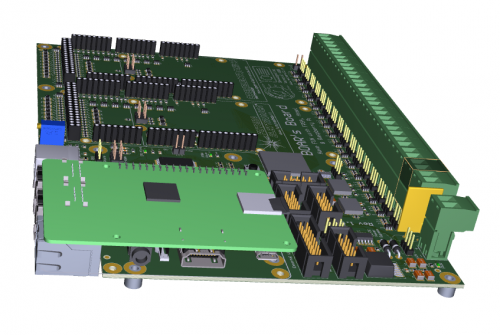


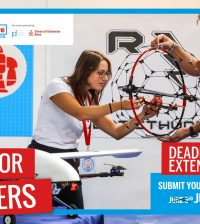
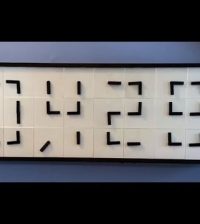
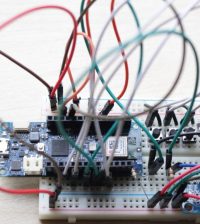

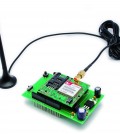
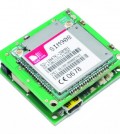
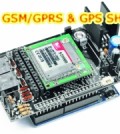






Pingback: BOAR’S Board: the ultimate board! – Speak Electronics
Pingback: Links 29/8/2015: NetworkManager 1.0.6, Systemd Merges “su” Command Replacement | Techrights
Pingback: BOAR’S PIGLET 01: our newborn multi-axis development board | Open Electronics